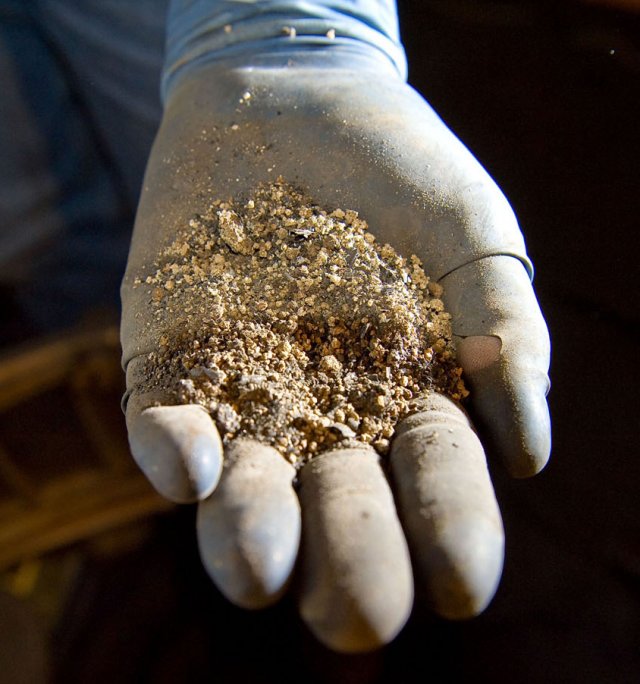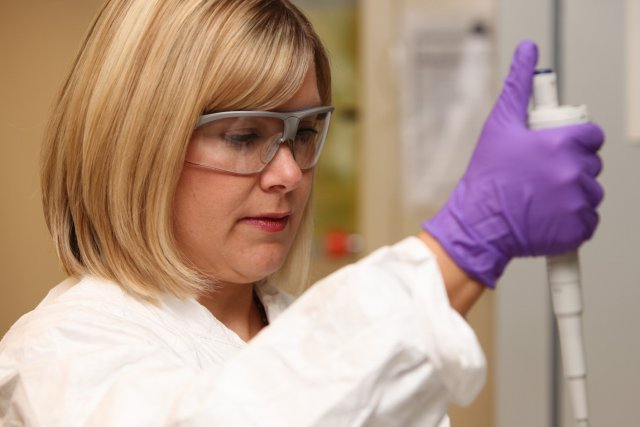EPA scientists develop method for assessing bioavailability of arsenic & lead in contaminated soils

Cleaning up arsenic and lead at Superfund sites can be an expensive proposition. Currently, if contaminant levels are high, the top layer of soil is removed and transported to a hazardous materials landfill for treatment to isolate and remove toxic metals. The price tag for such remediation activities can reach into the millions of dollars per acre.
However, not all toxic metals present in soil are in a form that can harm humans or animals. Certain forms of arsenic and lead are not fully available, or absorbed by the human body. The amount that is absorbed is referred to as “bioavailable,” meaning it is in a form that can enter the bloodstream and affect human health.
Improved methods are needed to determine bioavailability of metals to protect human health.
EPA scientists are developing rapid, reliable, inexpensive methods for assessing the bioavailability of arsenic and lead in contaminated soils.
One of these new methods involves the use of mice to mimic how the human digestive system absorbs arsenic. Mice are given food and soil containing arsenic, replicating measurements taken at a contaminated site. After a certain amount of time, scientists measure the amount of toxic metals found in the animals’ urine and compare it to the amount that was given in food. The difference between the two is the amount of lead or arsenic the mice have absorbed — in other words, the amount that is bioavailable.
EPA scientists are also working on a chemical extraction laboratory method that mimics the human gastrointestinal system. As part of this effort, they are using advanced instruments to determine the chemical form of arsenic and lead in soil samples and assess whether they are potentially bioavailable.

Scientists plan to use the mouse method to validate the new lab method. If successful, researchers will be able to determine the bioavailability of these contaminants without having to rely on animals at all.
The use of bioavailability methods is a much more cost-effective way to obtain accurate data for contaminated sites and could have a big impact on the way Superfund and other contaminated sites are managed.
Results from this bioavailability research have already provided information and protocols for assessing Superfund sites. When researchers evaluated arsenic-contaminated soil samples from a site using the newly developed bioavailability methods, they found that only about half the arsenic was bioavailable.
In this example, only approximately 90 acres of soil needed to be removed, which reduced the price of the cleanup from $24 million to $15 million.
Additionally, once the development of the chemical laboratory method is complete, researchers will be able to determine the bioavailability of contaminants without the use of animal studies. The use of site-specific bioavailability information has the potential to allow for customized cleanup levels that could result in millions of dollars in savings.
Technical Contact
Karen Bradham, Ph.D.
Related Links
- Journal article: Relative bioavailability and bioaccessibility and speciation of arsenic in contaminated soil
- Cleaning up the Nation’s hazardous waste sites
- Fact Sheet: EPA Superfund and Technology Liaison Program
- Superfund Community Involvement
- EPA land and waste management research
- Fact Sheet: New testing methods for arsenic and lead in soil
